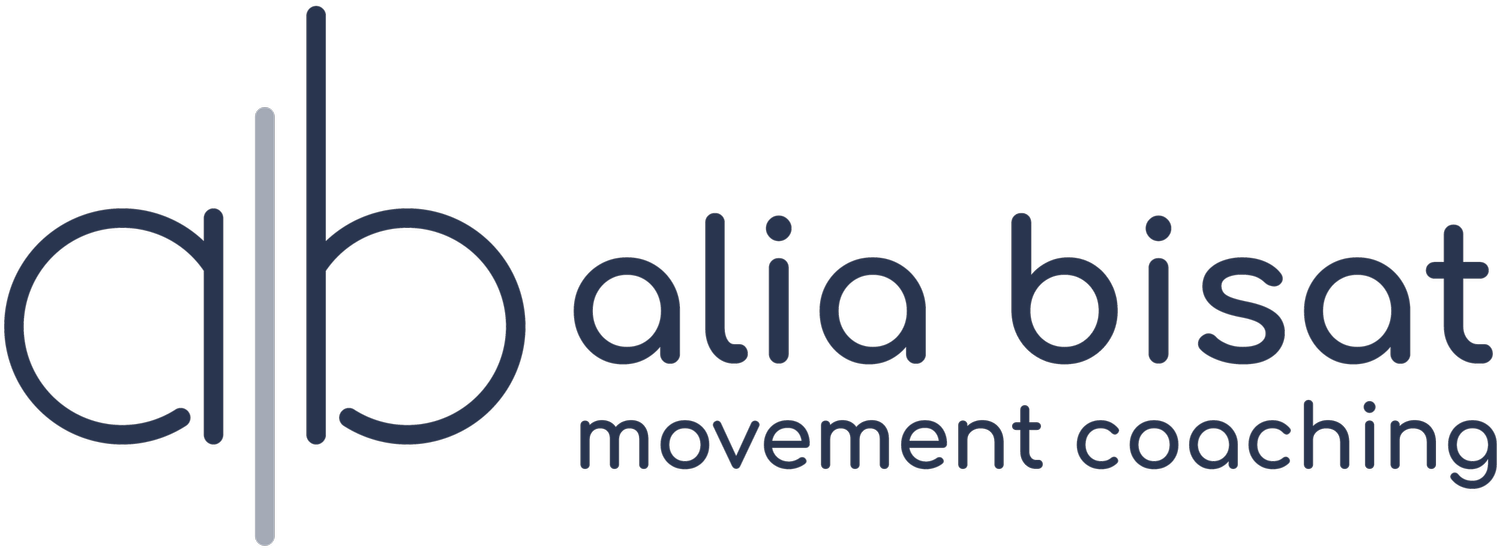Leaving Center
I was working on some balance with a client the other day. I had him stand in various positions while closing his eyes which was quite challenging for him. His strategy to stay upright was to completely stiffen up from head to toe, creating a strong sense of rigidity to deal with the sway he was experiencing. While his strategy did in fact work some of the time, it created so much unnecessary tension in his body. I told him that the purpose of “balancing” isn’t to stop the body from swaying, but rather to become better at reacting to the sway. To become better at returning to center rather than never leaving center at all.
This got me thinking about how similar this is to life. We’ve been taught that a balanced life means one in which our time and energy is equally divided amongst all the categories—a perfect pie chart of family, social engagement, health and fitness, relationships, career, etc. While many of us chase that idea, we know deep down this isn’t possible. What instead happens is a constant sway. We spend more time in one area of our lives until we sense there’s a need for a shift into another area. The better we can become at sensing when that shift needs to happen, before we’ve gone too far in one direction, the more “balanced” we are. We drift, and we return to center, drift again in another direction, and return to center again.
In meditation, the best teachers will always tell you that it’s not about having zero thoughts. It’s about returning to your center focus after you’ve found yourself following a thought. Becoming better at meditation is actually about honing the skill of returning to center, not about never leaving center in the first place.
The effort and tension that would be required to never leave center is exhausting, unsustainable, and in the end, not even possible. The same goes for balancing on our feet. And in fact, advanced balance training involves creating stronger and stronger perturbations — we want to see how far we can be thrown in one direction and still have the tools to make it back to center, for a split second before the next perturbation comes.
(In the end, postural sway as it’s called, is actually a beautiful mechanism reflecting the extraordinary amount of information processing happening in our bodies at any given moment and our bodies’ ability to keep us upright.)
It should be noted, that on our feet or in life, having a sense of where your center is is a prerequisite to being able to practice returning to it. Do you know what center feels like in your body? Are you comfortable leaving it and do you know how to come back?
keep moving.
